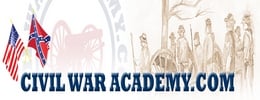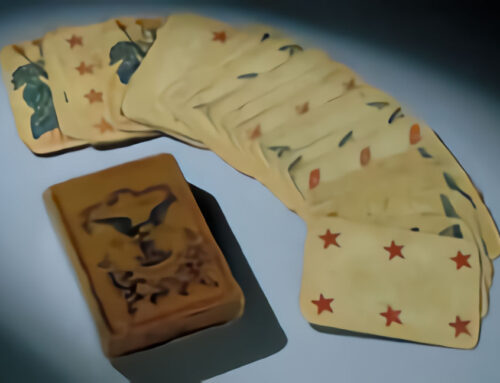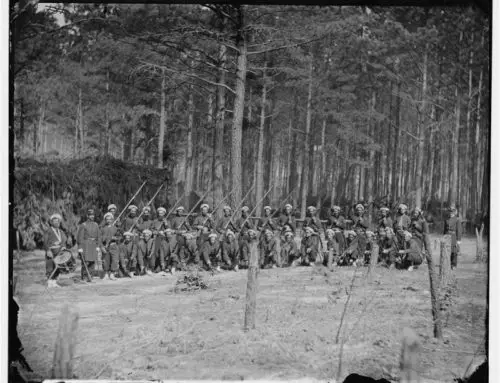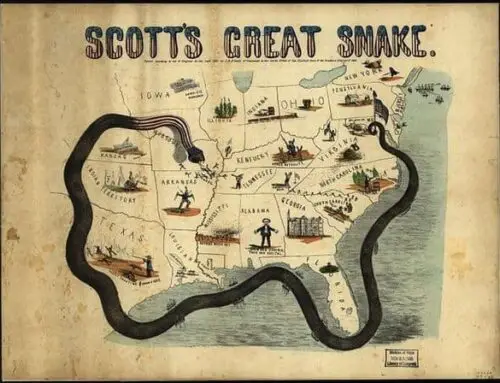Civil War music was the lifeblood of a nation in turmoil, echoing the hopes, fears, and aspirations of both the Union and the Confederacy. From stirring battle hymns to soulful spirituals, music permeated every aspect of life during the American Civil War (1861–1865). This comprehensive exploration delves into the significance of Civil War music, examining its various forms, the regulations governing military musicians—including the significant changes in 1862—their roles in battle, and the lasting impact of these melodies on American culture.
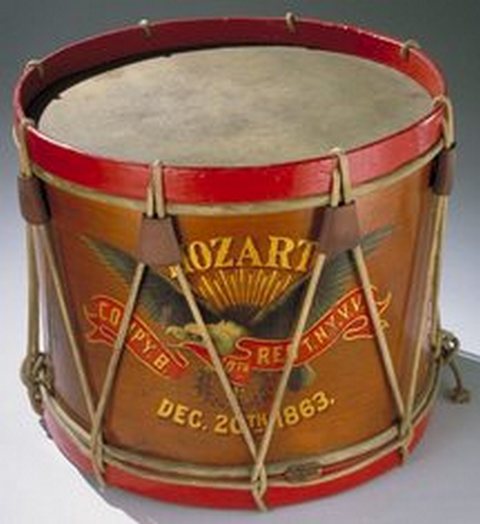
Drum
The Integral Role of Music in the Civil War
Music was far more than mere entertainment during the Civil War; it was a critical tool for communication, morale-boosting, and expressing collective sentiment. Both sides recognized the power of Civil War Music to influence the hearts and minds of those engaged in the conflict.
Boosting Morale and Fostering Unity
Patriotic anthems played a crucial role in instilling purpose and unity among soldiers. Songs like “Battle Hymn of the Republic” for the Union and “Dixie” for the Confederacy became rallying cries that resonated deeply with troops and civilians alike. Music provided solace amidst the hardships of war, reminding soldiers of home and loved ones, thereby strengthening their resolve. The emotional resilience fostered by music was indispensable in maintaining morale during long campaigns and brutal battles.
Communication and Battlefield Coordination
On the battlefield, music served as an essential means of communication. Bugle calls and drum signals conveyed specific orders such as charge, retreat, or assembly, which were crucial for coordination during the chaos of combat. Both armies developed standardized musical signals to ensure clarity and efficiency in command execution. The ability to communicate quickly and effectively through music often meant the difference between victory and defeat.
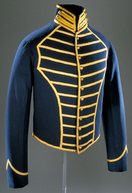
Bugler Uniform
Regulations and Structure of Military Music
Understanding the official guidelines that governed military musicians provides insight into their importance and function within the armies. Notably, significant changes were made to these regulations in 1862, impacting the organization and roles of military musicians.
Enlistment and Organization of Musicians
Union Army Regulations Before 1862
Initially, in the Union Army, General Order No. 48, established in July 1861, outlined the formation of regimental bands and specified the number of musicians:
- Regimental Bands: Each regiment was authorized to have a brass band of up to 24 musicians.
- Drum Corps: Infantry units included a drum corps to provide rhythms for marching and drills.
Changes in 1862
Facing mounting expenses, the Union Army reevaluated the cost of maintaining numerous regimental bands. On July 29, 1862, the U.S. War Department issued General Order No. 91, which drastically reorganized military music as a cost-saving measure.
- Disbanding Regimental Bands: Regimental bands were disbanded to reduce costs.
- Formation of Brigade Bands: Each brigade, consisting of several regiments, was permitted to have one band composed of 16 musicians.
- Impact on Musicians: Many regimental musicians were mustered out of service or reassigned, significantly reducing the number of official military musicians.
- Rationale: The change aimed to cut down the financial burden associated with the pay and maintenance of large numbers of musicians.
Confederate Army Regulations
The Confederacy, dealing with even more severe resource constraints, also had to adjust their musical organizations:
- Smaller Bands: Confederate bands were typically smaller due to shortages of instruments and personnel.
- Multiple Roles: Musicians often took on additional duties beyond music, such as medical assistance or combat roles.
- Local Resources: Reliance on locally made instruments and community support to maintain musical activities.
Roles of Musicians in Combat Situations
The reorganization in 1862 affected the roles of musicians in combat situations. With fewer official musicians, their duties became even more critical.
- Primary Duties:
- Musical Performance: Brigade bands provided music for larger units, maintaining morale and ceremonial functions.
- Signal Communication: Drummers and buglers remained essential for conveying battlefield commands.
- Secondary Duties:
- Medical Assistance: Remaining musicians often had increased responsibilities in medical support roles, such as stretcher-bearers.
- Combat Participation: Some musicians, no longer needed for band duties, joined the ranks as regular soldiers.

Fife
Diverse Forms of Civil War Music
The music of the Civil War was rich and varied, reflecting the complex emotions and experiences of the era. It encompassed patriotic songs, soldiers’ camp songs, spirituals, and instrumental music.
Patriotic and Propaganda Songs
Patriotic songs served as powerful tools for rallying support and expressing nationalistic fervor.
- Union Favorites:
- “The Battle Cry of Freedom”: Composed by George F. Root, it galvanized Union support.
- “John Brown’s Body”: Celebrated the abolitionist cause.
- Confederate Anthems:
- “The Bonnie Blue Flag”: Written by Harry McCarthy, symbolized Southern pride.
- “God Save the South”: Served as a de facto national anthem for the Confederacy.
Soldier’s Camp Songs
Life in the camps was marked by long periods of waiting and hardship. Soldiers’ camp songs reflected themes of homesickness, camaraderie, and the daily realities of war.
- Homesickness:
- “Home, Sweet Home”: Expressed longing for loved ones and the comforts of civilian life.
- Comradeship:
- “When Johnny Comes Marching Home”: Celebrated the anticipated return of soldiers.
- Humor and Satire:
- Lighthearted tunes provided relief from the stresses of war, helping soldiers bond and maintain morale.
Spirituals and Slave Songs
African American influence on Civil War Music was profound, particularly through spirituals and slave songs.
- Spirituals:
- “Swing Low, Sweet Chariot” and “Go Down, Moses”: Expressed hope, resistance, and a yearning for freedom.
- Coded Messages: Some songs contained hidden meanings and were used as a means of communication among enslaved people.
- United States Colored Troops (USCT):
- Regimental Bands: African American soldiers formed their own bands, using music to boost morale and express their fight for freedom.
- Notable African American Musicians:
- Thomas “Blind Tom” Wiggins: An enslaved musical prodigy who captivated audiences with his piano performances.
Women’s Contributions to Civil War Music
Women played significant roles in Civil War Music as composers, performers, and influencers on the home front.
- Composers and Lyricists:
- Julia Ward Howe: Wrote the lyrics to “Battle Hymn of the Republic,” infusing the Union cause with spiritual fervor.
- Performers and Nurses:
- Music in Hospitals: Women sang and played instruments to comfort wounded soldiers.
- Fundraising Concerts: Organized events to raise money for medical supplies and relief efforts.
- Influence on the Home Front:
- Sheet Music Consumption: Women were primary consumers of sheet music, playing songs that reinforced wartime sentiments.
Instrumental Music and Bands
Instrumental music played a vital role in ceremonial functions, including official events, parades, and funerals.
- Technological Advancements:
- Development of Instruments: Innovations like the saxhorn improved the quality of brass bands.
- Challenges:
- Instrument Availability: The Confederacy faced shortages due to blockades, leading to creative solutions like homemade instruments.
The Profound Impact of Music on Soldiers and Civilians
Music’s influence extended beyond the military sphere, touching the lives of civilians and shaping public sentiment.
Emotional Expression and Coping Mechanism
Music allowed individuals to process grief, fear, and hope during the tumultuous times of the Civil War.
- Catharsis: Singing or listening to music helped soldiers and civilians cope with the harsh realities of conflict.
- Community Bonding: Shared musical experiences fostered a sense of solidarity.
Cross-Cultural Influence and Shared Heritage
Some songs crossed enemy lines and were popular among both Union and Confederate troops, highlighting common cultural roots.
- Immigrant Contributions:
- Irish Soldiers: Brought songs like “Garryowen,” associated with cavalry units.
- German Immigrants: Contributed their own folk songs, enriching the musical tapestry.
Personal Anecdotes and Soldier Accounts
Soldiers’ diaries and letters often emphasized the importance of music in maintaining morale.
- Soldier Testimonials:
- A Union soldier wrote, “Our band played ‘Home, Sweet Home,’ and there wasn’t a dry eye in the camp.“
- Famous Incidents:
- Christmas Carols Across Lines: In 1862, soldiers from both sides sang carols across the Rappahannock River.
- Music Before Battles: Commanders often ordered bands to play to embolden troops.
Music as a Tactical Tool
Music was also used strategically as a psychological weapon.
- Psychological Warfare:
- Deception: Bands played loudly to give the illusion of larger forces.
- Intimidation: Martial music was used to boost confidence and unsettle the enemy.
Music Publishing and Distribution
The spread of sheet music and the role of music publishers were critical in disseminating songs to both soldiers and civilians.
- Proliferation of Songs:
- High Demand: The war created a boom in the music industry.
- Piracy Issues: Unauthorized reproductions of popular songs were common.
- Use of Music in Propaganda Beyond Lyrics:
- Visual Art:
- Sheet Music Covers: Illustrated covers conveyed powerful messages and imagery.
- Parodies and Satirical Songs:
- Mocking the Enemy: Both sides wrote parodies to ridicule each other.
- Boosting Morale: Humorous songs helped alleviate stress.
- Visual Art:
Music’s Influence on Post-War Reconstruction and Future Genres
The legacy of Civil War Music extended into the Reconstruction era and beyond, influencing the development of American music.
Emergence of New Genres
The blending of African American spirituals with other musical forms laid the groundwork for future genres.
- Blues and Jazz Roots: The fusion of musical traditions contributed to the birth of blues and jazz.
- Country Music Origins: Appalachian folk songs and wartime ballads influenced early country music.
Cultural Integration
Music served as a unifying force in a nation seeking to heal its divides.
- Healing Divides:
- Shared Traditions: Music helped bridge gaps between North and South.
- Influence on Popular Music: Civil War songs remained popular, influencing composers and musicians for decades.
International Influence and Perspectives
The music of the Civil War had an impact beyond American borders.
- Foreign Songs Adopted:
- International Melodies: Songs like “Lorena” had roots in both American and British traditions.
- Global Impact:
- European Interest: The Civil War’s music practices influenced European military bands.
Conclusion
Civil War Music was the soundtrack of a nation in conflict, reflecting the complex tapestry of emotions and experiences that defined the era. From the battlefields to the home front, music served as a unifying force, a means of communication, and a source of comfort. By examining the diverse forms of music, the regulations governing military musicians—including the significant changes in 1862—and the cultural impact that extended beyond the war, we gain a deeper understanding of how these melodies shaped not only the conflict but also the future of American music and society.
Recommended Books on Civil War Music
- #ad “Battle Hymns: The Power and Popularity of Music in the Civil War“ by Christian McWhirter
- #ad “Music of the Civil War Era“ by Steven Cornelius
- #ad “Songs of the Civil War“ by Irwin Silber
